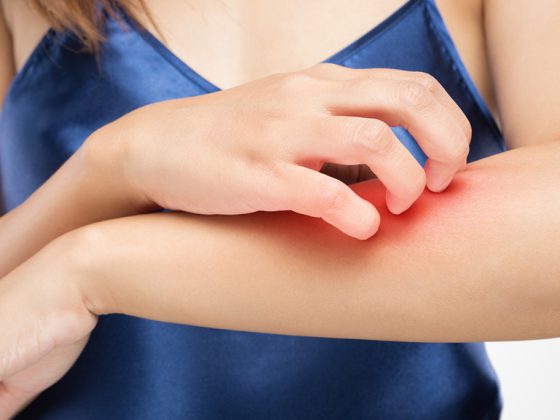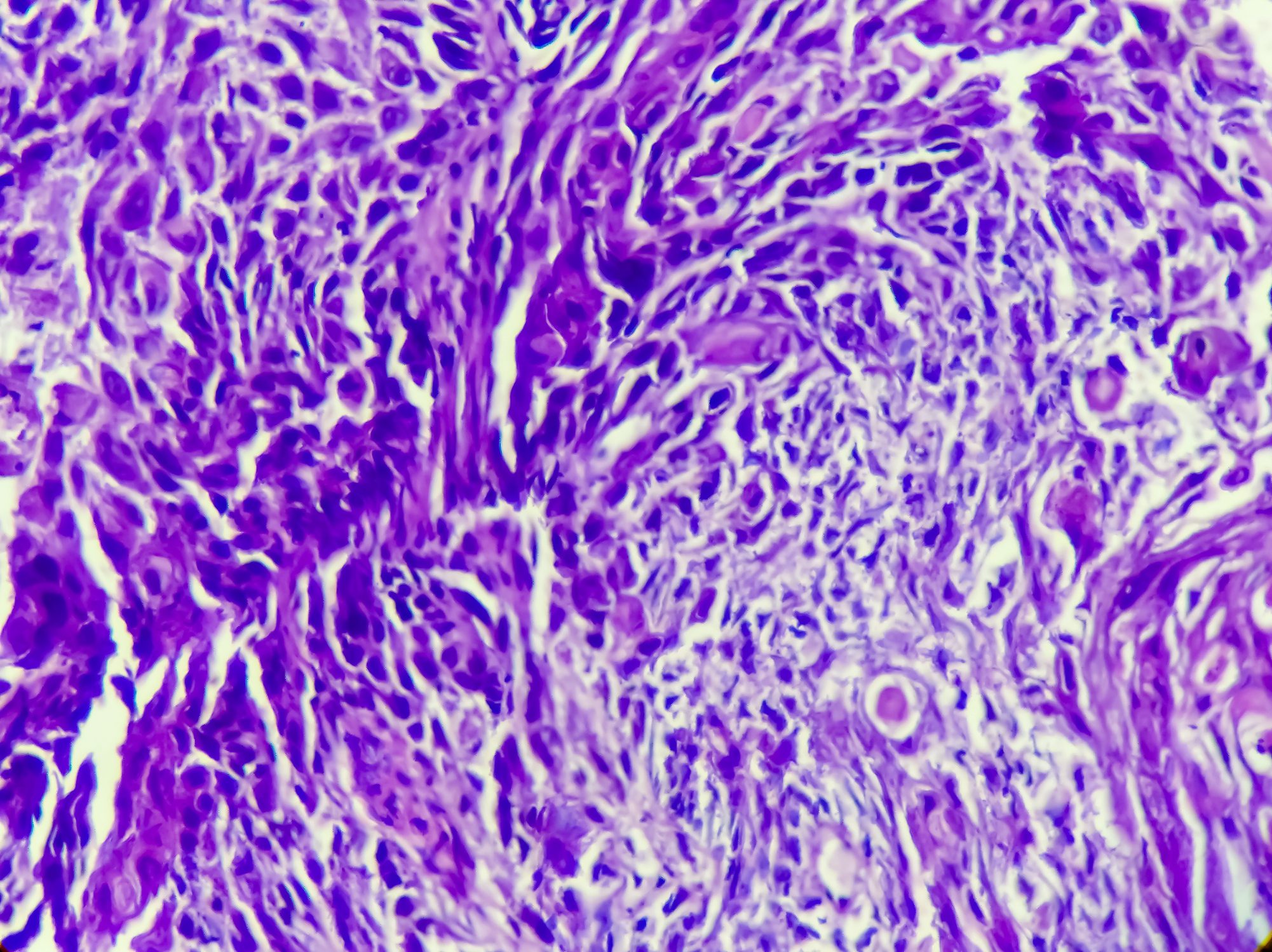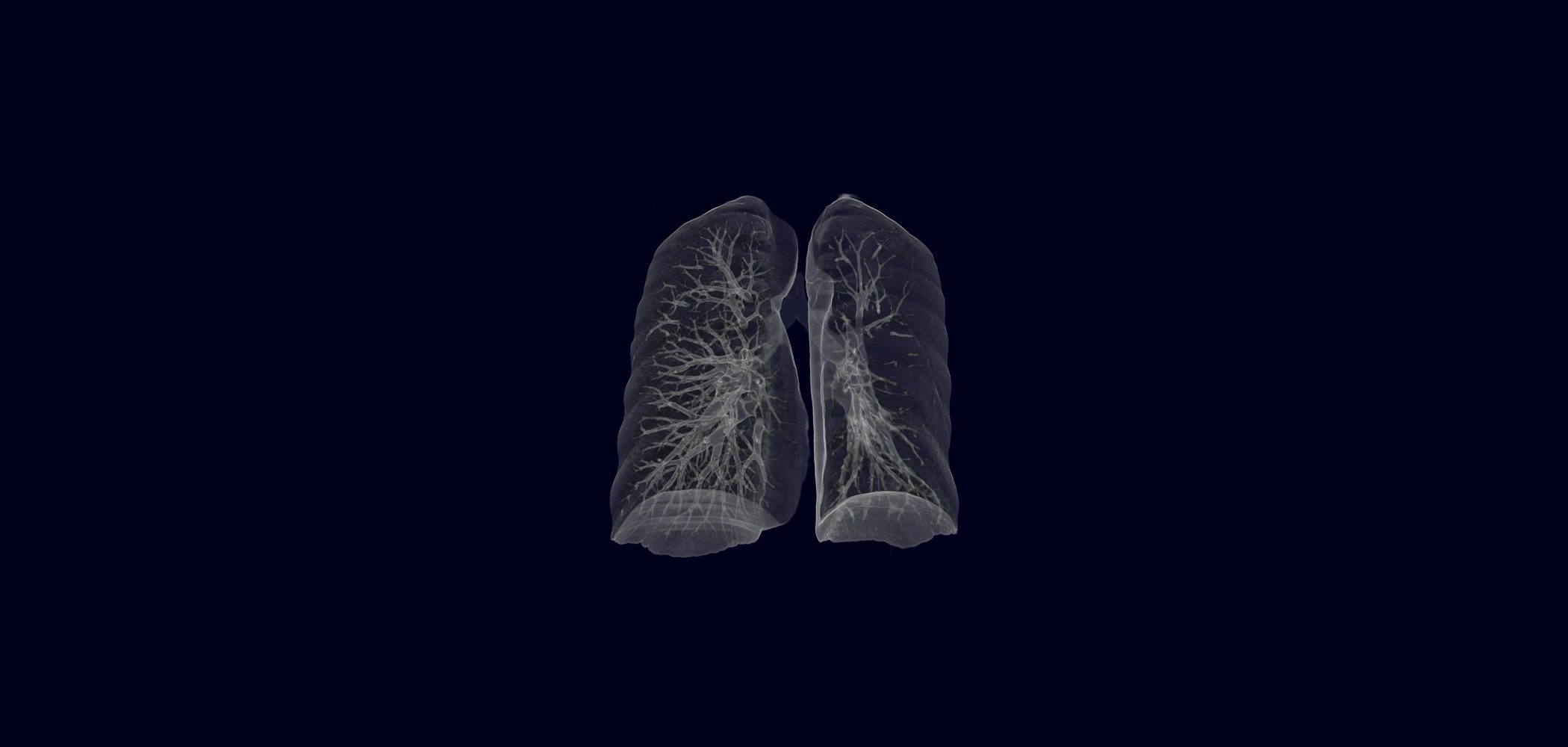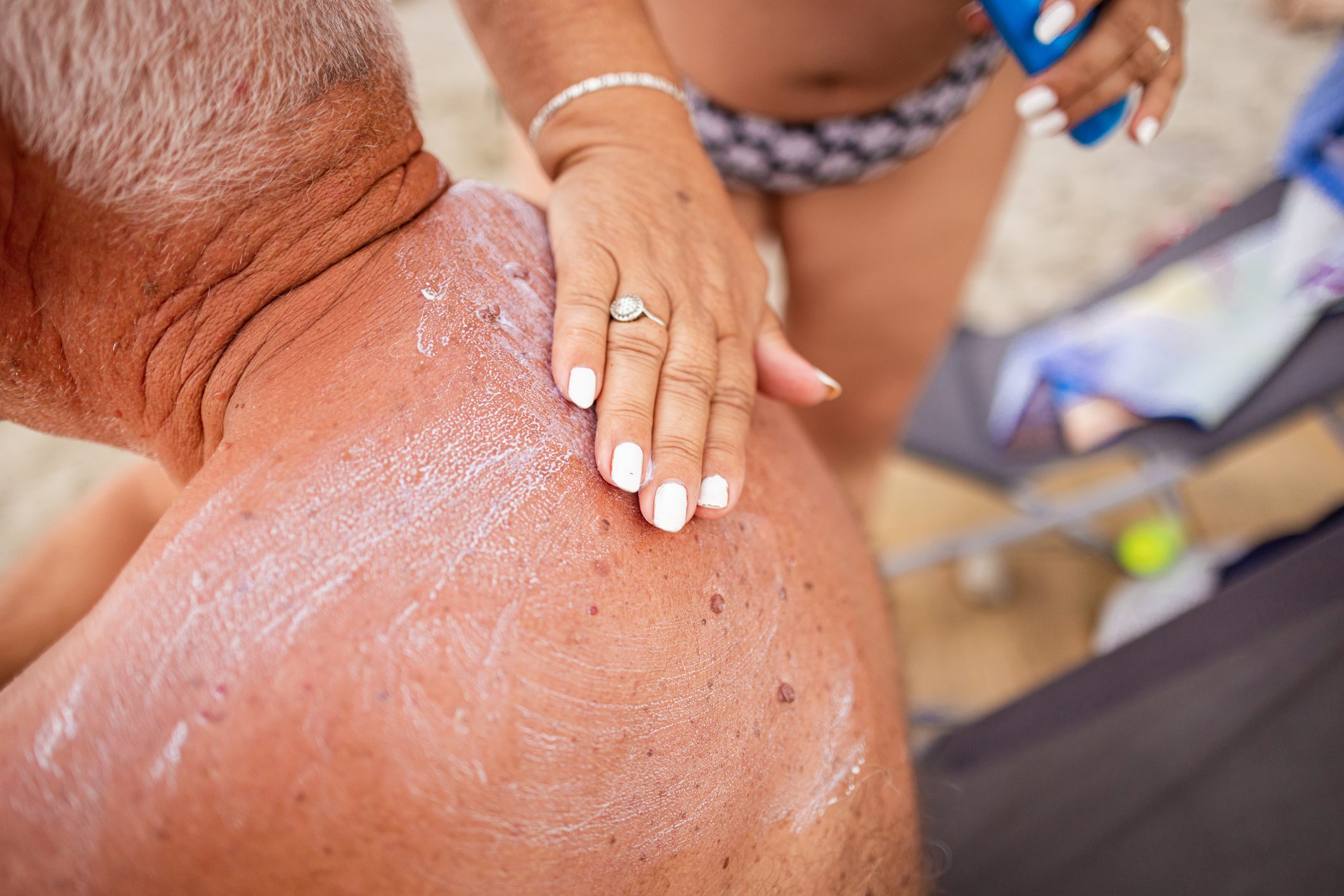Osteoporosis-related fractures occur in one in two women aged 50 years and older [1]. The risk of a subsequent fracture doubles with the first fracture and is particularly high immediately after the first fracture [2]. Such secondary fractures can be counteracted by temporary osteoanabolic pulse therapy followed by ongoing antiresorptive therapy [3].
Osteoporosis is particularly prevalent in postmenopausal women. Since osteoporosis-related fractures are often accompanied by drastic consequences for those affected, the main goal of osteoporosis therapy is to prevent the occurrence of fractures. Adequate treatment of women at increased risk of fracture is crucial for this [4]. If the risk of fracture is considered very high or imminent due to an existing osteoporotic fracture or other risk factors, such as low bone mineral density (BMD), the Swiss Osteoporosis Association (SVGO) recommends, among other things, one year of treatment with the monoclonal antibody romosozumab (Evenity®), followed by antiresorptive treatment with denosumab or bisphosphonates [5]. Such a treatment approach with romosozumab for one year followed by the antiresorptive alendronate was superior to sustained monotherapy with alendronate in terms of fracture risk reduction in the pivotal Active-Controlled Fracture Study in Postmenopausal Women with Osteoporosis at High Risk (ARCH) trial [3].
|
Important facts about Romosozumab (Evenity®)
Did you know that the development of romosozumab was due to a chance discovery in medical research? Learn more about the story of discovery in the following video: |
ARCH study design [3]
In the phase III study, 4,093 postmenopausal women with previous fragility fracture were randomized to monthly treatment with subcutaneous romosozumab (210 mg) or weekly treatment with oral alendronate (70 mg) at 371 centers in 42 countries (Figure 1). After the initial 12-month double-blind phase of the study, which 89.3% of patients completed, the study entered an open-label phase in which all patients were treated with alendronate. During the entire observation period, median 2.7 years, patients received an additional 500 to 1,000 mg of calcium and 600 to 800 IU of vitamin D daily. The primary analysis was performed after clinical fractures were confirmed in at least 330 patients and all patients had completed the 24-month observation period.

Romosozumab demonstrates superiority in both primary and key secondary endpoints [3]
At 24 months, the cumulative incidence of new vertebral fractures, one of the two primary end points, was significantly lower at 4.1% in the group receiving romosozumab first followed by alendronate (romosozumab-alendronate) compared with 8.0% in the group treated with alendronate alone (alendronate-alendronate) (P<0.001). This corresponds to a 50% risk reduction with romosozumab-alendronate compared with alendronate-alendronate (Figure 2). And in the second primary endpoint, cumulative incidence of clinical fractures, romosozumab-alendronate treatment was also superior to alendronate-alendronate treatment, with a 27% lower risk (P<0.001) (Figure 2).
In addition, at the time of the primary analysis, initiation of therapy with romosozumab showed a greater reduction in the relative risk for nonvertebral and hip fractures in each case than did patients receiving alendronate alone (Figure 2).

Higher BMD after initiation of therapy with romosozumab [3, 11].
A low BMD-T score is considered a critical risk factor for the occurrence of fractures in untreated patients [11]. At baseline in the ARCH study, the mean BMD-T scores of the included patients were -2.96 at the lumbar spine, -2.80 at the total hip, and -2.90 at the femoral neck [3]. A greater increase in BMD compared with the alendronate arm was observed at all three sites mentioned after only six months of treatment with romosozumab, as well as after one year, and the improved BMD was maintained after switching to alendronate after a total of 36 months (all P<0.001) [3]. In addition, a post hoc analysis of the ARCH trial showed that after 12 months of treatment, total hip and lumbar spine T-scores correlated with the incidence of nonvertebral fractures and femoral neck T-score correlated with the incidence of nonvertebral and vertebral fractures [11].
Safety profile of romosozumab [3, 6].
Adverse events and serious adverse reactions occurred with comparable frequency in the romosozumab and alendronate arms during the initial 12-month double-blind phase, and cumulative incidences were also similar between groups at the time of the primary analysis [3]. However, at one year, more serious cardiovascular events were seen with romosozumab than with alendronate (2.5% vs. 1.9%; OR 1.31; 95% CI: 0.85 – 2.00), which had not been observed in a previous placebo-controlled trial [3]. Romosozumab is contraindicated in patients with a history of myocardial infarction or stroke [6].
No cases of mandibular osteonecrosis or atypical femoral fracture were recorded in the double-blind study phase. In the subsequent open-label phase, one osteonecrosis of the jaw was observed in each group, as well as two atypical femur fractures in the romosozumab-alendronate arm and four in the alendronate-alendronate arm. The overall most common adverse effects (≥1/10) with romosozumab were nasopharyngitis and arthralgia [6].
Conclusion
Postmenopausal women who have already suffered an osteoporotic fracture are at increased risk for a subsequent fracture, which in about one quarter of cases occurs in the first year after the initial fracture [2]. The consequences are often drastic, ranging from reduced quality of life to disability, loss of independence, and increased mortality [4]. In the pivotal ARCH trial, one year of treatment with romosozumab followed by alendronate significantly reduced the risk of fracture in those patients at high risk of fracture and with a pre-existing fracture compared to treatment with alendronate alone [3]. Thus, the monoclonal sclerostin antibody with the unique dual mechanism of action was shown to be superior to an established and effective therapeutic option in osteoporosis and is also classified as an effective therapeutic option in patients with very high and imminent fracture risk according to the current SVGO recommendations 2020 [3, 5].
This text was produced with the financial support of UCB Pharma AG.
CH-P-RM-OP-2100019
Brief technical information Evenity®
Contribution online since 26.05.2021
Literature












